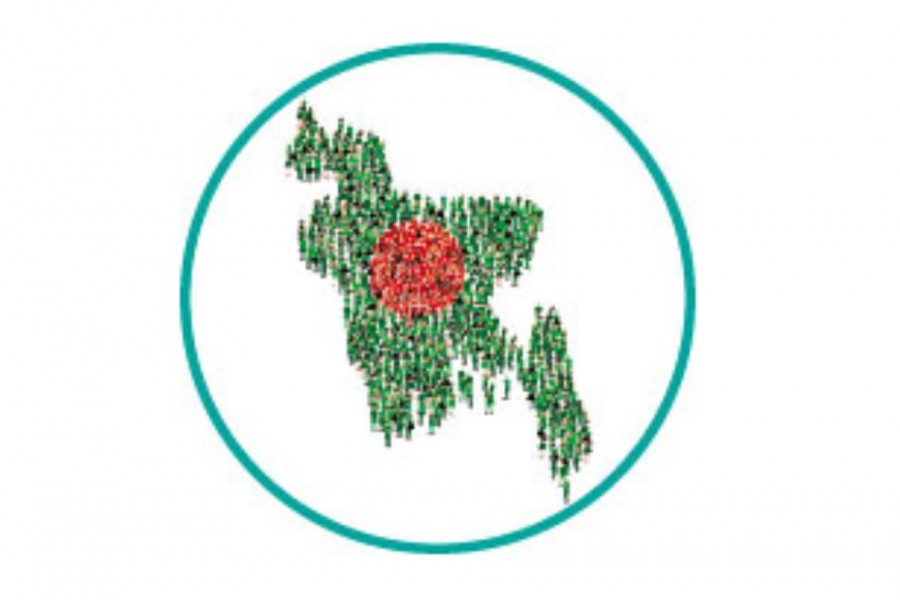The International Monetary Fund (IMF), quoting the World Food Programme (WFP), recently said that at present 345 million people across the globe are in danger of facing acute food insecurity. And 828 million people have already been going hungry every night. It all points to both shortage and unavailability of food worldwide. However, the issue of food insecurity is not of recent origin. Droughts, downpours and flash floods, often happening in the wrong place at the wrong time, have been seriously affecting production and harvesting of crops. The reason for such vagaries of weather is known to all. It is the climate change that is behind the apparently crazy behaviour of the weather at different parts of the globe.
But one needs also to bear in mind that ultimately it is human action that brought about a climate change. Add to it the ongoing regional conflicts and the pandemic. Together these factors have left their disruptive impact on both production and distribution of food internationally. The recent Russia-Ukraine war has only added fuel to the flame. Russia and Ukraine being major food-grain producing countries in the world, the war has severely disrupted the supply of their food grains to the world market. Naturally, the prices of food grains have gone up in the world market.
How the international food grain market will behave depends also in a large measure on the global power politics of which the world's big food grain producers like the USA, Brazil, China and India are major players. This year some food surplus countries put restrictions on the export of their food grains. Apparently, such measure had more to do with an eye to those countries' own food security than to make any extra profit. This is a sign that many countries that are not food deficit are trying to stock food grains as a safeguard against any food-related uncertainties in the future. Whatever the reason, such protectiveness on the part of some major producers of agricultural commodities has been contributing to price hike of food grains in the international market.
Meanwhile, a UN-brokered 120 days' deal reached on July 22 this year between Russia and Ukraine enabled transport of Ukrainian food grains outside that country. It has definitely been contributing to stabilisation of food price in the world market. However, this grain deal is also in the balance now following Moscow's announcement of suspending it (the deal) indefinitely due to what Moscow claimed Kyiv's massive drone attack on Russia's Black Sea Fleet in Sevastopol in Crimea on Saturday (October 29).
That apart, the threat to the developing and least developed countries is the food price inflation due to falling value of local currency against US dollar. In this context, the World Bank (WB) recently (on October 26) noted that 60 per cent of the oil-importing developing countries increased fuel price due to continuous depreciation of their local currencies, a move that also pushed up the food price further. Also, the rise in the price of imported fuel oil impacted agricultural production negatively. As a result, the production cost of agricultural commodities including food grain is rising. That is a cause for concern, especially, for the low income people in the developing and least developed countries. In Bangladesh, for example, till now, there is no supply shortage of agricultural products including food grains in the market. Even so, those are hardly affordable for people in the fixed and low income bracket. In this connection, a WB-conducted survey between June 2020 and May 2022 found that around 30 per cent of the population in the country are food-insecure. The proportion of the people who cannot afford their night meal has about doubled to 13 per cent in May this year (2022) from seven per cent in June 2020 when the pandemic-induced food crisis was at its peak. The study further found that in May this year six per cent of the people surveyed could not afford to buy food, while it was five per cent in June 2021.Also, the number of people who went to bed hungry at night in May this year was twice that of June last year.
This is a clear indication that the poorer segment of the population is losing their access to food at a faster rate than before. So, food insecurity is not entirely about availability of food in the market.
Actually, it is the public's ability to access it that matters. In every famine in the past, when millions were dying of hunger, a section of the traders were getting richer. The food crises were created artificially for reasons that had, in many cases, nothing to do with shortage of food in a country or a region. The infamous Bengal famine of 1943 that killed some three million people is a case in point. A research team led by Vimal Mishra of the Indian Institute of Technology (IIT), Gandhinagar, India, studied six major Indian famines between 1873 and 1943. It concluded that the 1943's Bengal famine was not caused by drought or crop failure as is widely claimed, but was rather due to policy failure by the then-colonial rulers. Wartime restrictions on wheat import by the British government played a big part in that famine, the researchers argued. Rather than supplying to the Bengali people dying from hunger, the wheat was actually diverted to Europe for stockpiling to meet post-war needs.
That means politics, not famine, was behind the starvation and consequent death of millions in Bengal in 1943. So, it is always not a lack of food that lies behind famines. Sheer greed for super profit, or just political expediency may also be the cause of food insecurity and, ultimately, famines. These factors need also to be taken into consideration while devising a strategy to ensure food security.
sfalim.ds@gmail.com


